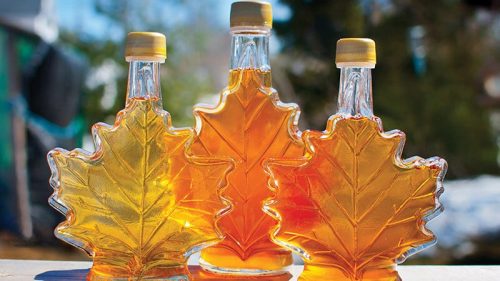The US Food and Drug Administration (FDA) is announcing the fiscal year (FY) 2024 user fee rates for importers approved to participate in the Voluntary Qualified Importer Program (VQIP) and accreditation and certification bodies interested in participating in the Accredited Third-Party Certification Program (TPP). The user fee rates are authorized by the FDA Food Safety Modernization Act (FSMA) and allow the agency to assess and collect fees to cover the FDA’s cost of administering these programs.
VQIP is a voluntary, fee-based program for the expedited review and importation of foods from importers who achieve and maintain a high level of control over the safety and security of their supply chains.
The FY2024 VQIP user fee rate will be effective on August 1, 2023, and supports program benefits from October 1, 2023, through September 30, 2024. Currently, the agency is not offering an adjusted fee for small businesses. Approved VQIP applicants must pay the user fee before October 1, 2023, to begin receiving benefits for the 2024 fiscal year.
TPP is a voluntary program in which FDA recognizes “accreditation bodies” that may accredit third-party “certification bodies.” The certification bodies can conduct food safety audits and issue certifications of foreign food facilities.
The FY2024 TPP user fee rate will be effective on October 1, 2023, and will remain in effect through September 30, 2024.
Please direct any questions regarding VQIP to the VQIP Importers Help Desk at 1-301-796-8745 or FSMAVQIP@fda.hhs.gov. Questions regarding TPP can be sent to FDAthirdpartyprogram@fda.hhs.gov. You can also subscribe to receive updates about the U.S. Import programs, policies and regulations.
Additional Information
Federal Register Notice announcing the FY2024 VQIP User Fee Rates
Voluntary Qualified Importer Program (VQIP)
Federal Register Notice announcing the FY2024 Third-Party Certification Program User Fee Rates





